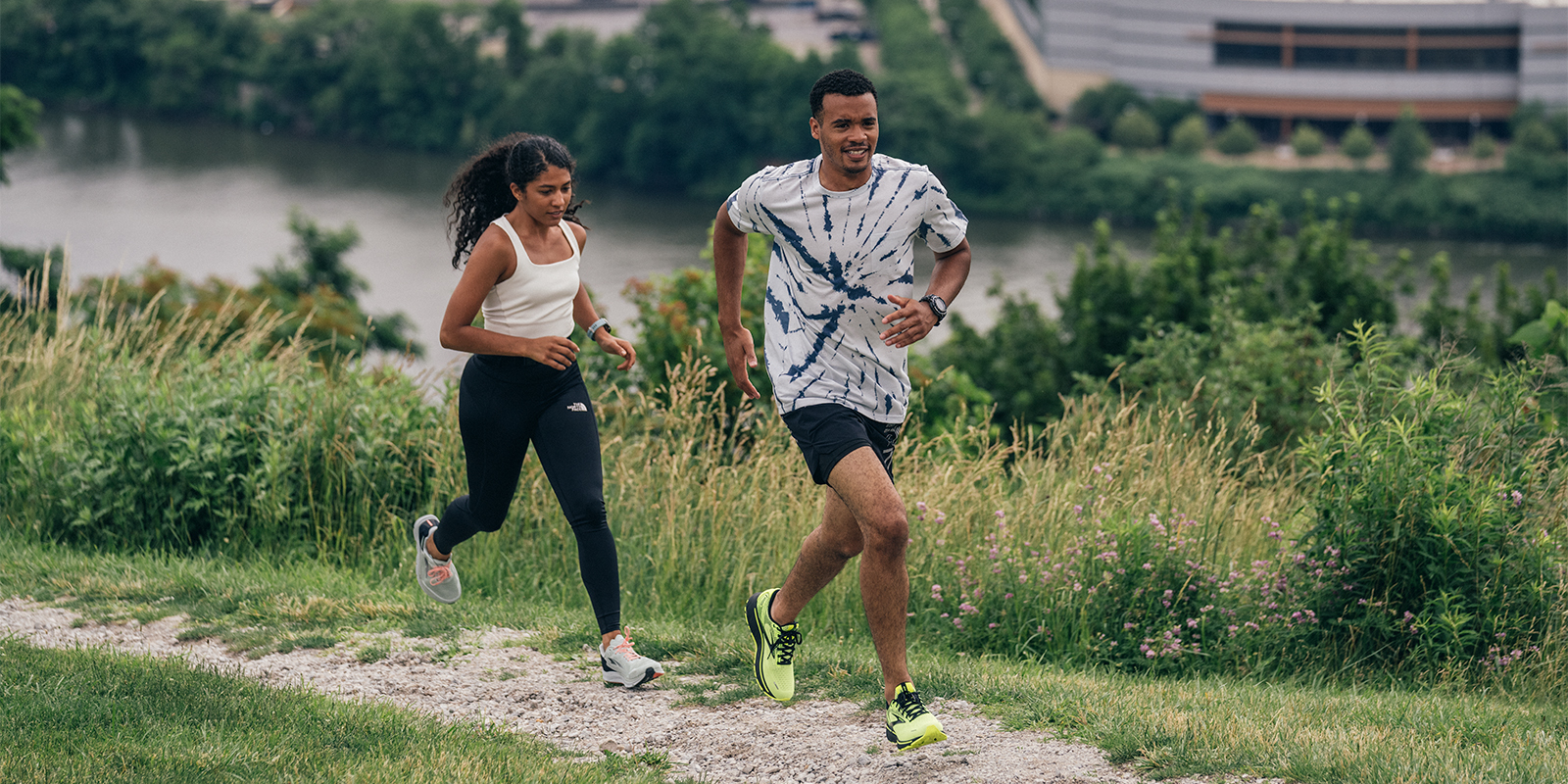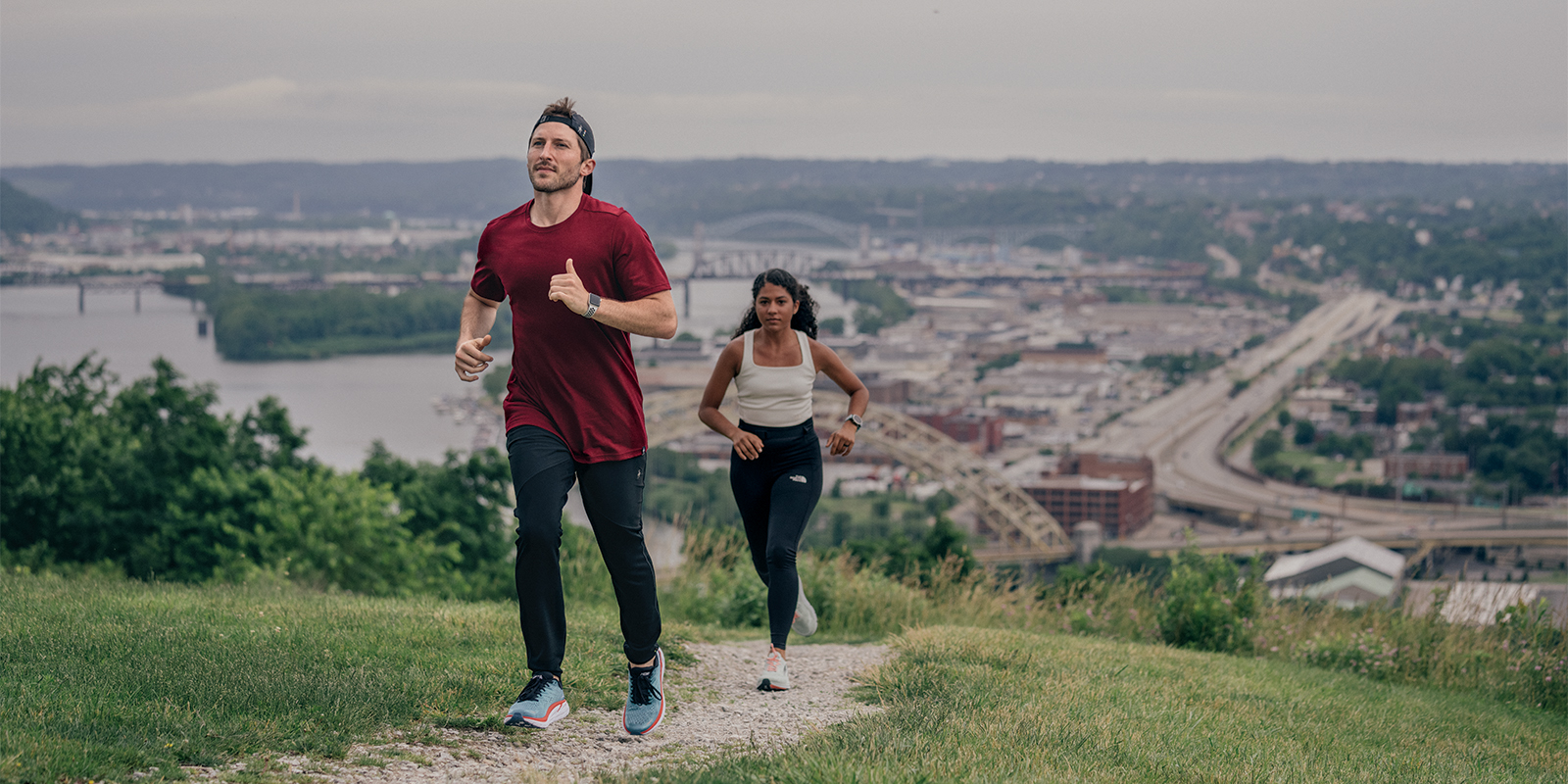Running can take a toll on feet, and you really, really need your feet to stay happy and pain-free when you run. Common issues that hinder that happy-foot feeling include blisters, black or lost toenails, and cracked heels, on the exterior. Under the surface, the 20 muscles, 30 ligaments, and over 100 tendons within the foot could use some care, too. Focusing on prevention of common ailments for runners is one side of the foot-care equation covered below, while the other key advice centers on how best to treat them.
Prevent Blisters
Blisters are caused by any combination of friction, heat, or moisture. Since heat can cause moisture, friction can cause heat and moisture, and moisture can cause friction and, ultimately, heat, you don’t want any of one those factors affecting your feet.
To avoid friction:
- Keep junk, like tiny pebbles, sticks, and dirt, out of your socks.
- Make sure socks fit properly. Avoid socks that are too big and bunch up, or socks that are too small and hit your feet in the wrong places.
- Avoid cotton socks, and opt for sweat-wicking performance socks made of synthetics, wool, or a combination of the two.
- Make sure shoes fit properly. Any hot spots will quickly cause blisters.
- Consider using lubricant between toes and on other areas of friction for long runs.
- Avoid moisture and heat, which causes friction.
To avoid moisture:
- Don’t wear waterproof or non-breathable shoes on warm days.
- If you run in rain or through creeks or puddles, make sure your socks fit very well and are made of wicking, quick-drying material. Also, make sure your shoes drain water (breathable mesh equals water-draining capabilities).
- Avoid friction, which causes heat and moisture.
To avoid heat:
- Don’t wear waterproof or non-breathable shoes on warm days.
- Don’t wear socks that are too warm on warm days.
- Avoid friction, which causes heat and moisture.
Another preventative measure is to not let callouses, especially under the big toe, become too large. Some callusing helps protect feet, but large calluses can cause friction, blisters, and general discomfort. To remove or minimize them, use a pumice stone or other dead skin-removing device, or get regular pedicures, especially during blocks of high-mileage.





